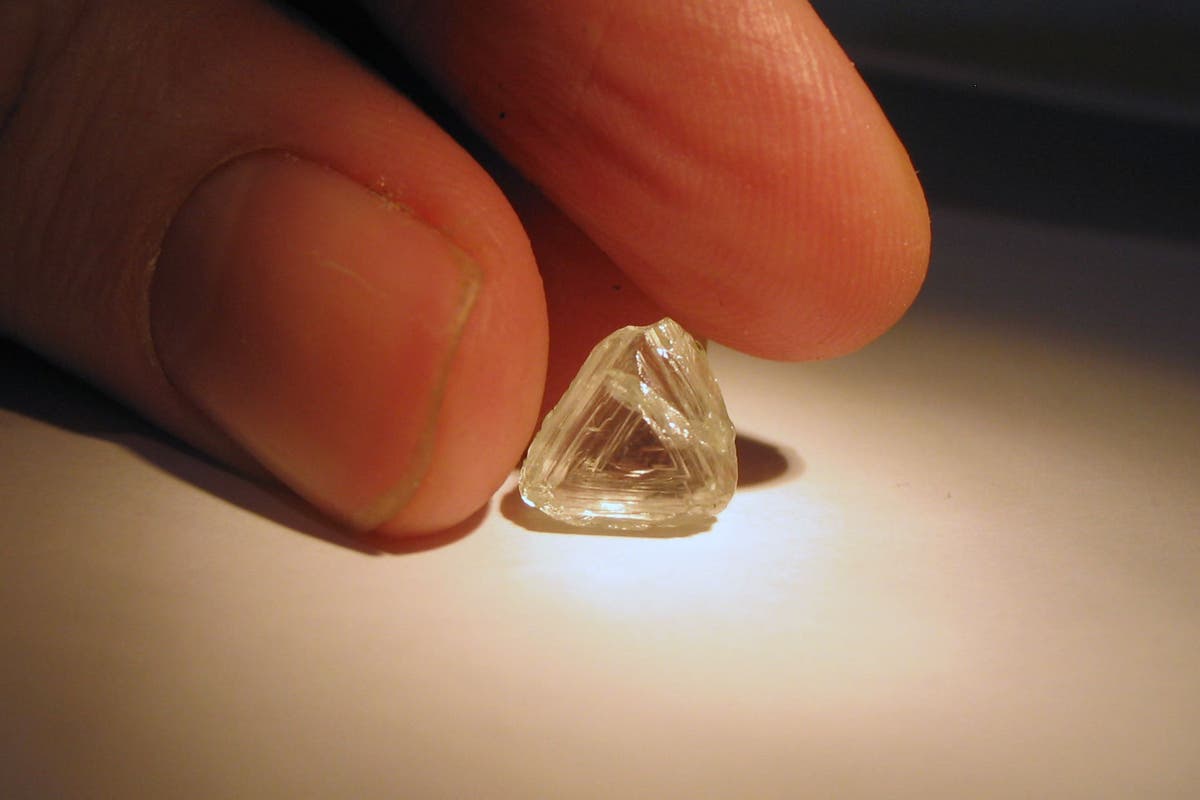Scientists have uncovered the mystery behind the eruption of diamonds on the Earth’s surface, offering new avenues for discovering these precious gems. Researchers from the University of Southampton have found that the breakup of tectonic plates plays a crucial role in the generation and eruption of diamond-rich magmas. Diamonds, formed under immense pressure and millions or billions of years old, are typically found in a type of volcanic rock called kimberlite. This study, published in the journal Nature, provides insights into the process that brings diamonds to the Earth’s surface.
Dr Tom Gernon, the lead author of the study and associate professor of Earth Science at the University of Southampton, explains, “The pattern of diamond eruptions follows the rhythm of supercontinents, which assemble and break up over time. However, we previously didn’t know what causes diamonds to suddenly erupt after being hidden deep beneath the Earth’s surface for millions or billions of years.”
The research analyzed the impact of global tectonic forces on volcanic eruptions over the past billion years. By using statistical analysis and machine learning, the team, which consisted of researchers from multiple universities, including Birmingham, Leeds, Potsdam, Portland State, Macquarie, Florence, and Queen’s in Ontario, examined the link between continental breakup and kimberlite formations.
The results indicate that most kimberlite volcanoes erupt 20 to 30 million years after the tectonic breakup of Earth’s continents. Dr Thea Hincks, a senior research fellow at Southampton, states, “Through geospatial analysis, we observed that kimberlite eruptions tend to gradually move from the continental edges to the interiors over time, and this pattern is consistent across continents.”
The researchers discovered that the rifting or stretching of the crust could disrupt the Earth’s mantle, even thousands of kilometers away. Dr Stephen Jones, a co-author of the study and associate professor in Earth Systems at Birmingham, explains, “During rifting, a small patch of the continental root sinks into the mantle, triggering a chain of similar flow patterns beneath the nearby continent.”
Simulations conducted by Dr Sascha Brune, head of the geodynamic modeling section at GFZ Potsdam, support this understanding. She states, “While sweeping along the continental root, these disruptive flows remove a substantial amount of rock from the base of the continental plate.”
This process creates the conditions necessary for the formation of diamond-producing kimberlites. Dr Gernon adds, “Remarkably, this process brings together the necessary ingredients in the right amounts to trigger just enough melting to generate kimberlites.”
Understanding the migration of kimberlites helps scientists locate potential diamond deposits and gain insights into past volcanic eruptions’ locations and timings.
Denial of responsibility! TechCodex is an automatic aggregator of the all world’s media. In each content, the hyperlink to the primary source is specified. All trademarks belong to their rightful owners, and all materials to their authors. For any complaint, please reach us at – [email protected]. We will take necessary action within 24 hours.

Jessica Irvine is a tech enthusiast specializing in gadgets. From smart home devices to cutting-edge electronics, Jessica explores the world of consumer tech, offering readers comprehensive reviews, hands-on experiences, and expert insights into the coolest and most innovative gadgets on the market.


